-
Windows
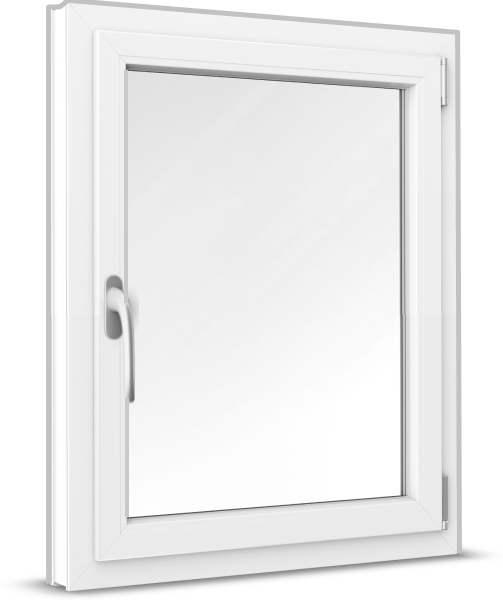 Windows
Windows
-
French Doors
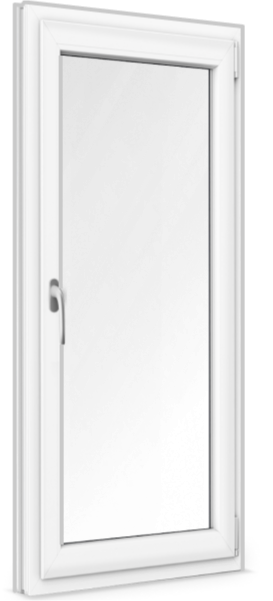 French Doors
French Doors
-
Patio Doors
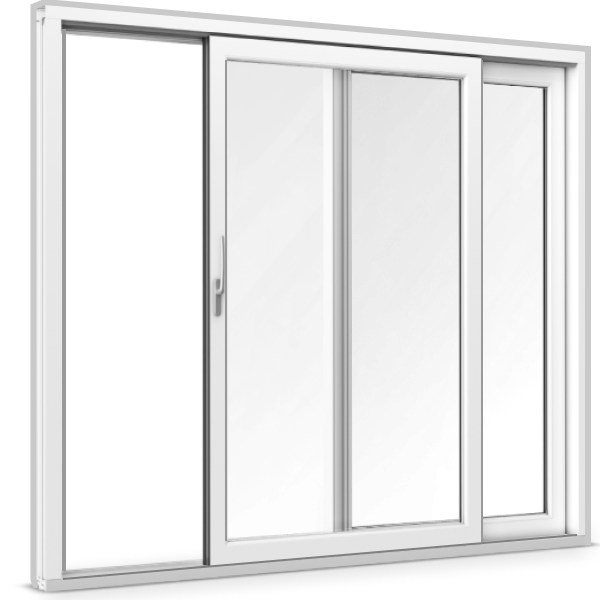 Patio Doors
Patio Doors
-
Front Doors
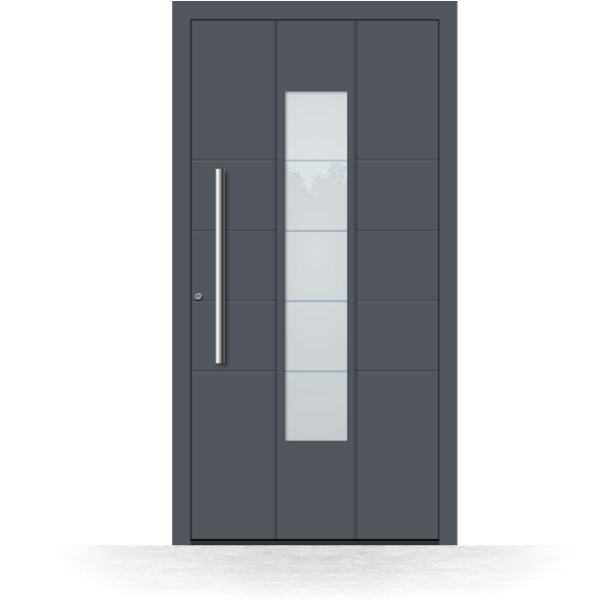 Front Doors
Front Doors
-
Roller Shutters
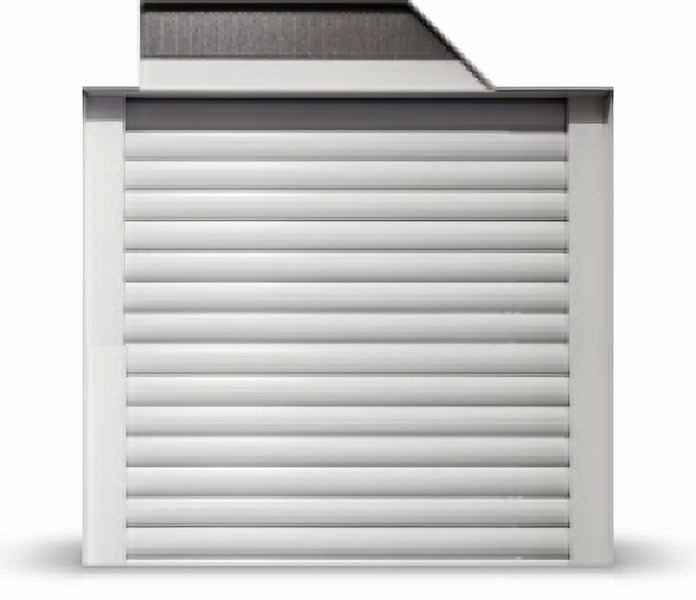 Roller Shutters
Roller Shutters
-
Window Sills
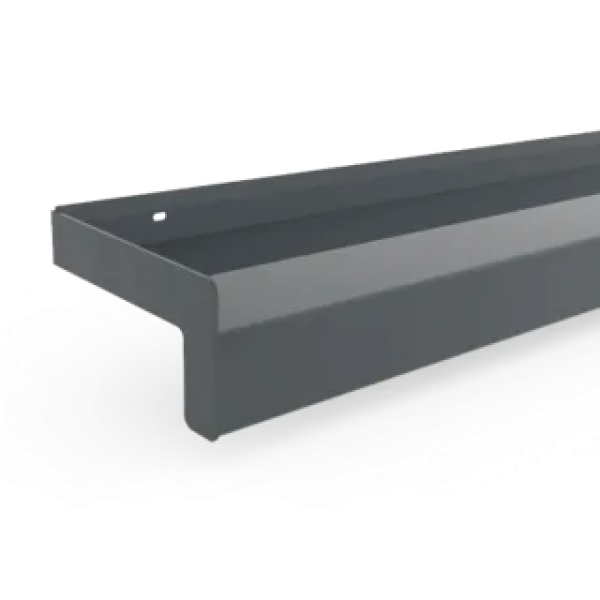 Window Sills
Window Sills
-
Sign in
Contact us

Modern wood and aluminium windows with glazing bars are particularly chic and also have a touch of rural nostalgia. Here at windows24.com, we offer our customers three different versions and types of glazing bars, the structural details of which can be found next to the respective illustration. A distinction is made in the versions between "real", glass-dividing glazing bars, visually authentic Viennese glazing bars and simple aluminium glazing bars, which are located between the glass panes and create a particularly discreet, modern and elegant impression.
Glazing bars -are also called a 'real' bars because they bear the load of the glass and each area separated by the bar is individually equipped with an insulating glass pane. This allows flexible positioning as well as creativity in terms of colour and structure. The continuous glazing bar is more expensive than the other types of glazing bars, but it is also provides greater break-in protection. Although it is a traditional bar, it is still state-of-the-art in terms of its tightness.
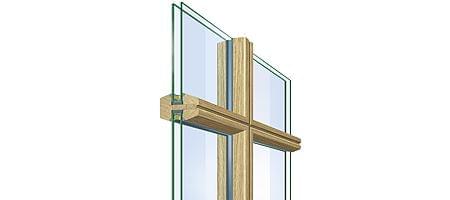
The Viennese glazing bar, the so-called "fake" glazing bar, is used for aesthetic and visual purposes, as it only rests on the pane and has no effect on the window's insulating characteristics. This type of bar can be attached on one or both sides, giving the impression of real glazing bar insulating glass. In the event of damage, the Viennese glazing bar can be easily replaced and, in contrast to a glass-dividing bar, can also be made thin, if you so desire.
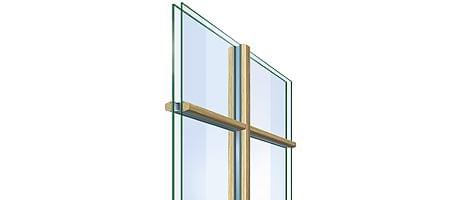
The Helima glazing bar is also considered a "fake" glazing bar because it is only used in the space between the panes. The powder-coated aluminium glazing bar is installed inside double or triple-glazed windows and eliminates the need for extensive maintenance or even replacement. Helima glazing bars are easy to manufacture and, because they are on the inside, they allow you to easily clean the window. Below you will find an overview of the different decorative films and colours in which they can be ordered.
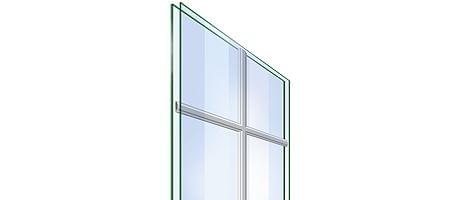
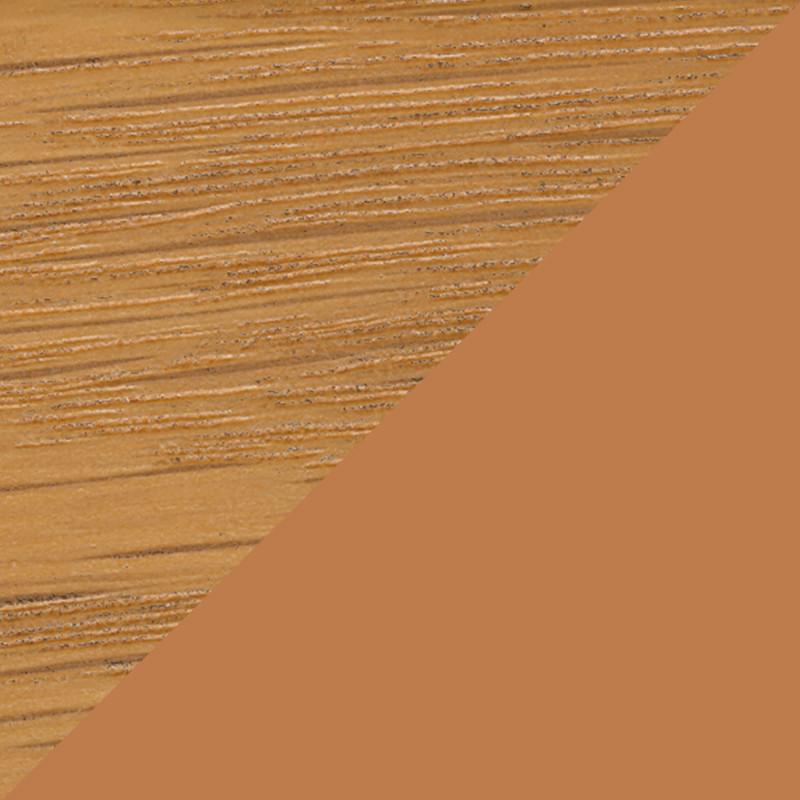
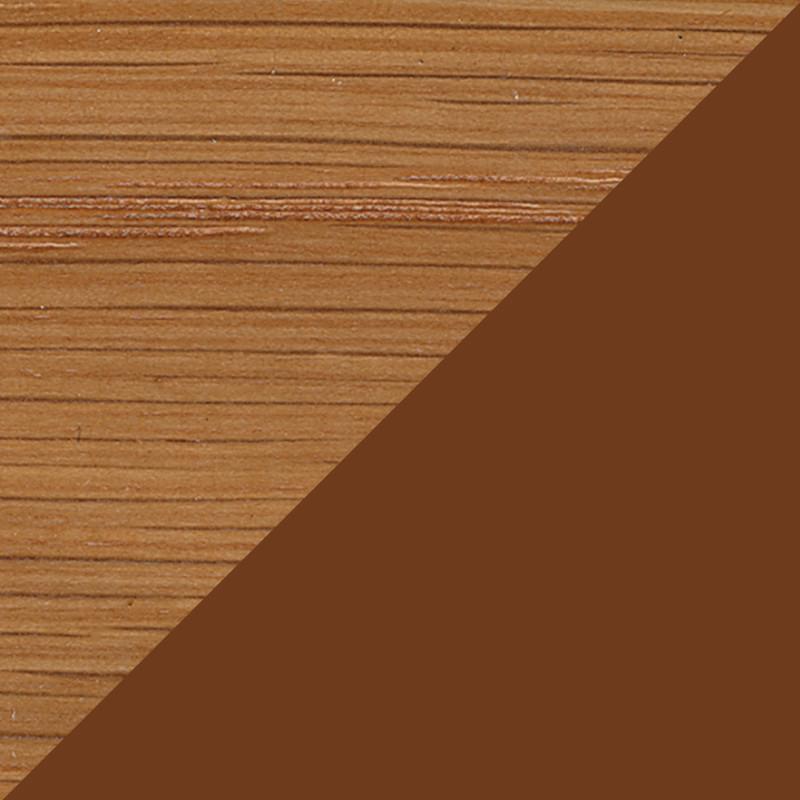
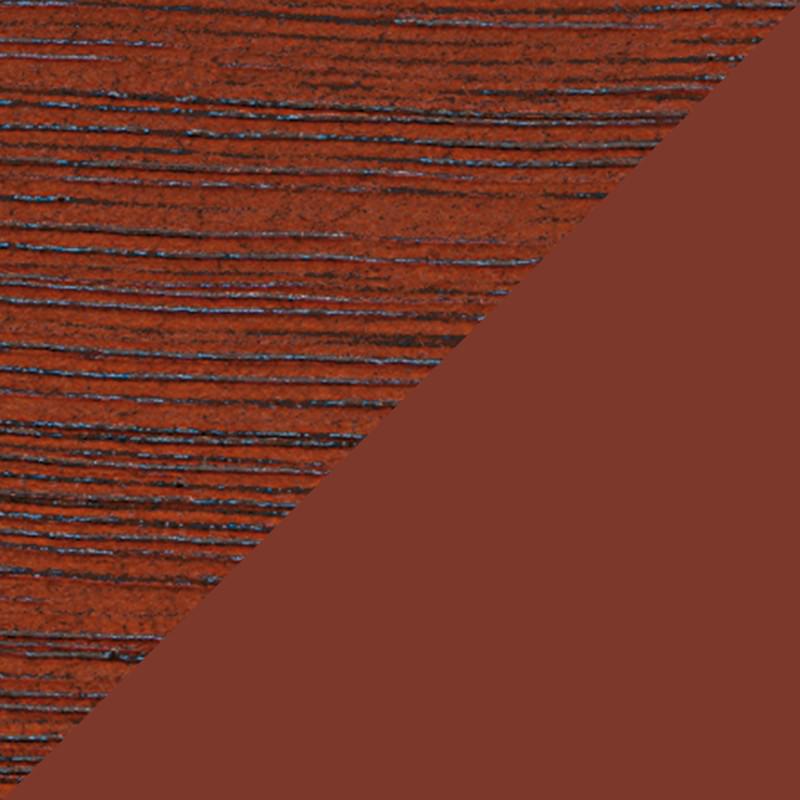
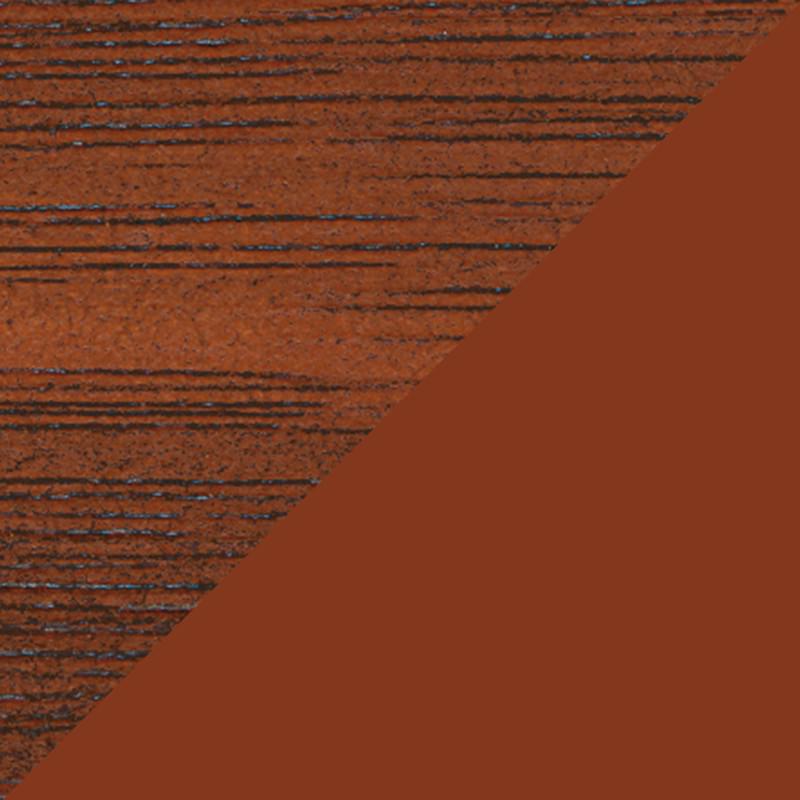
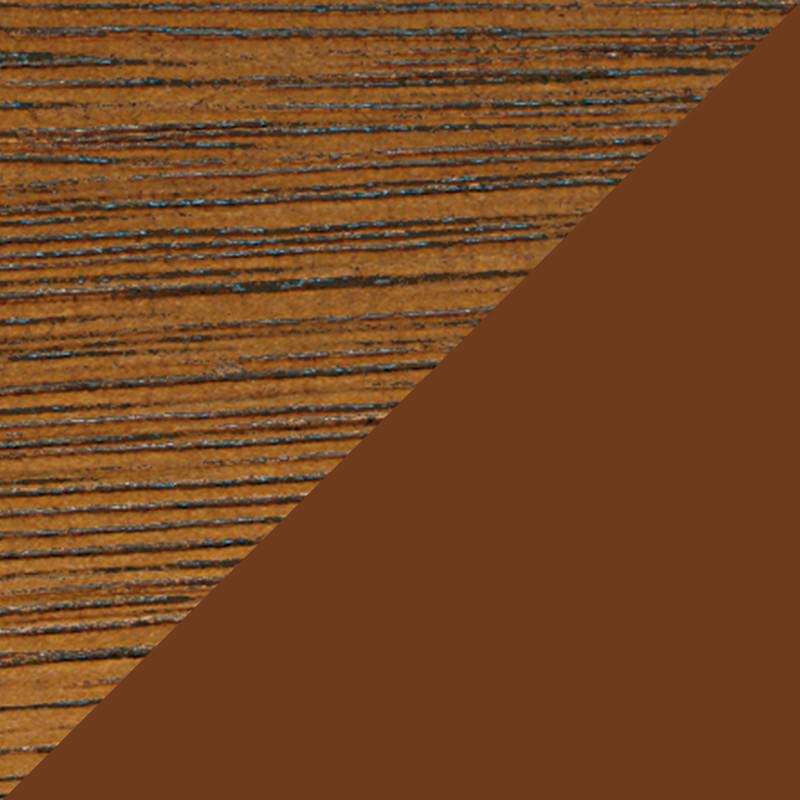
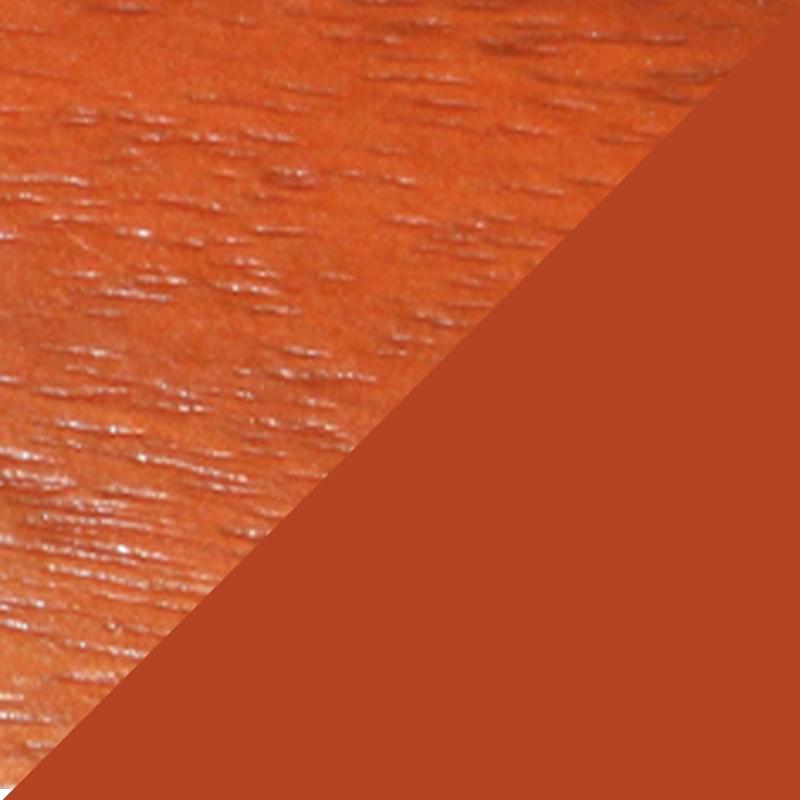
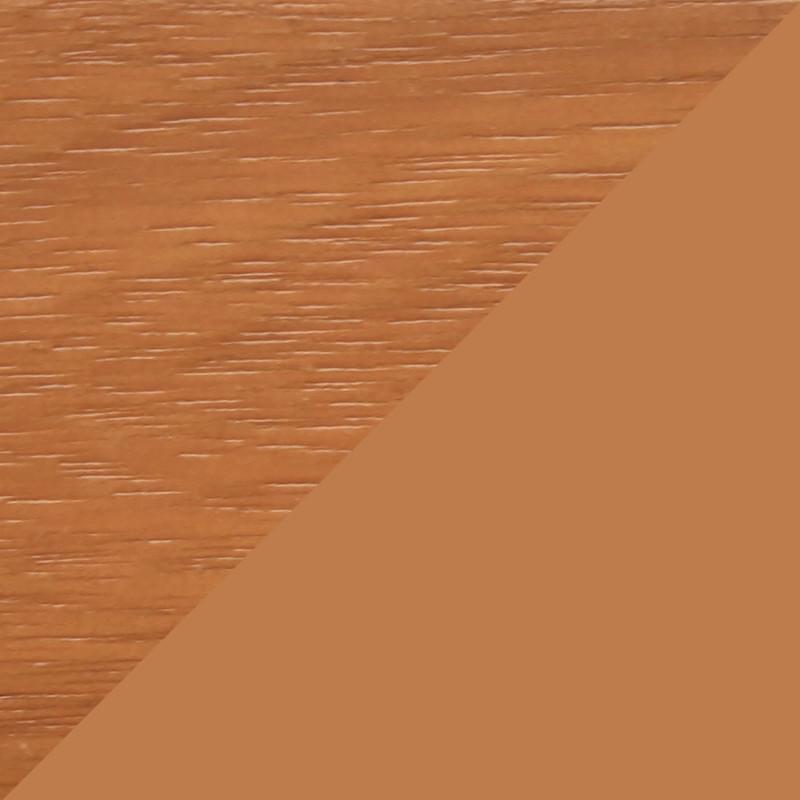
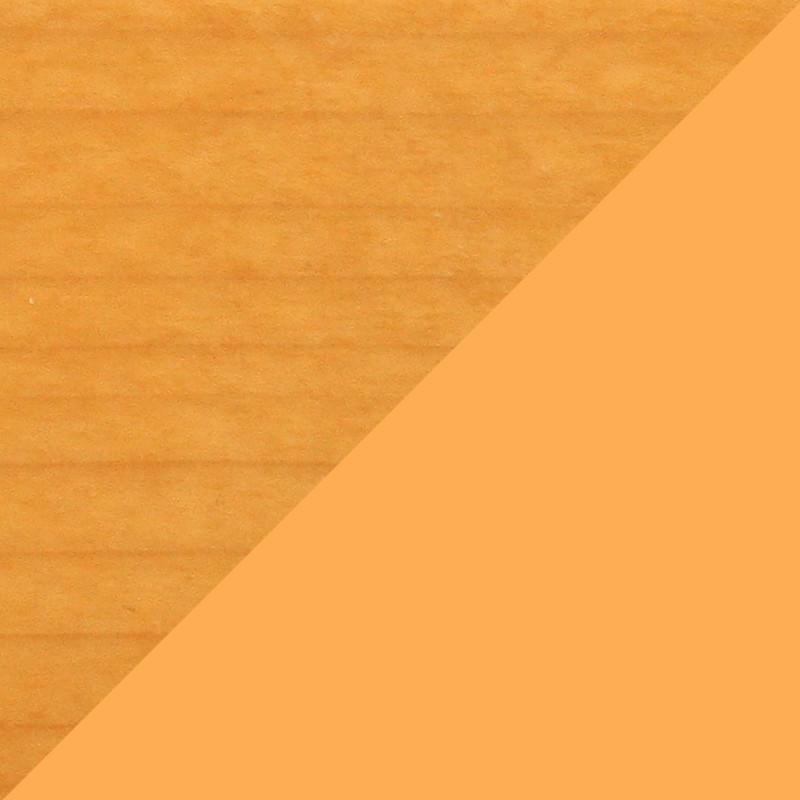
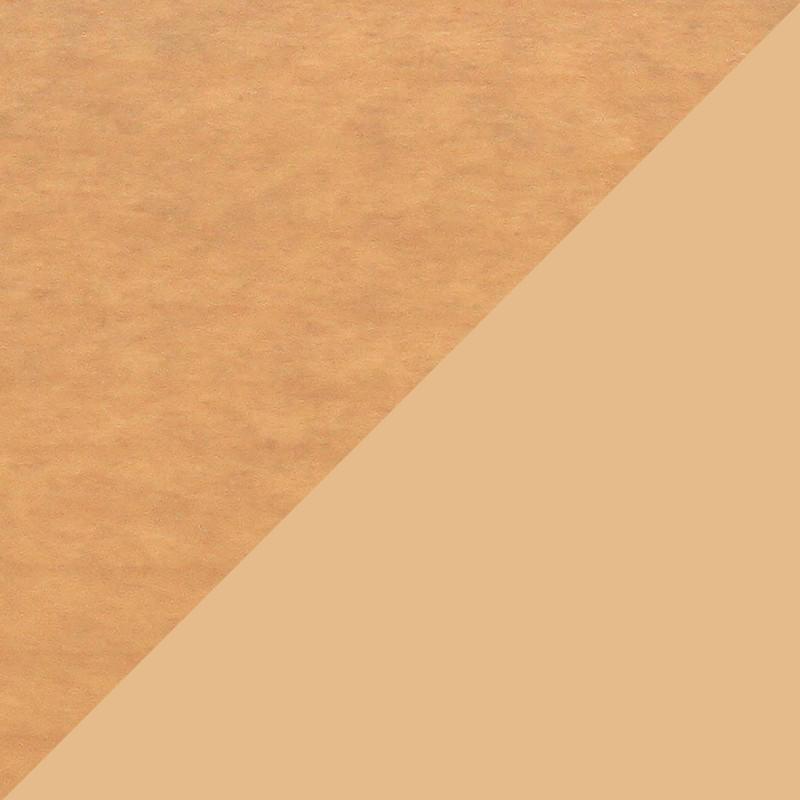
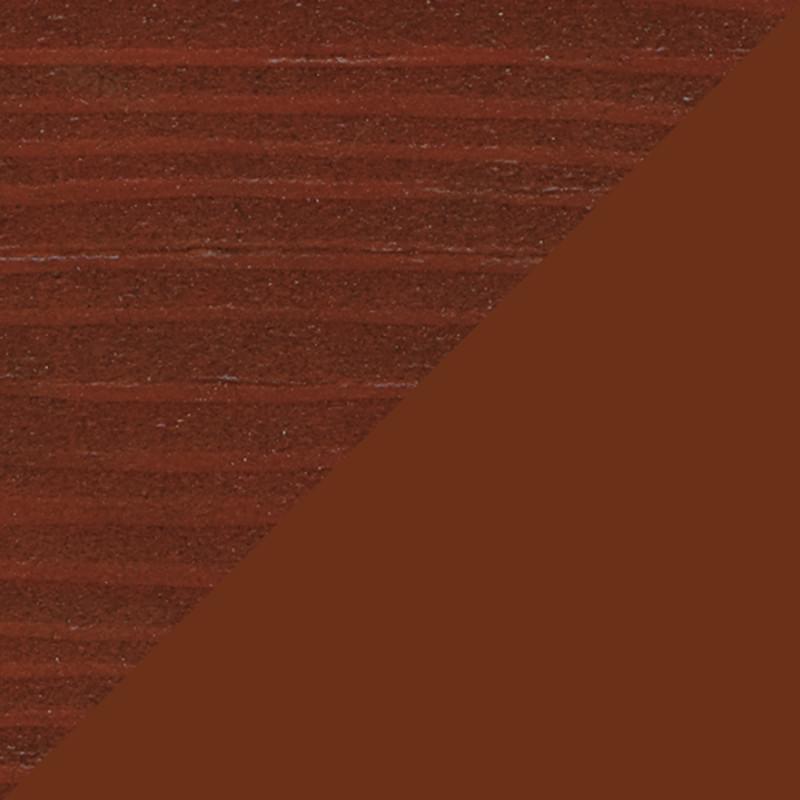
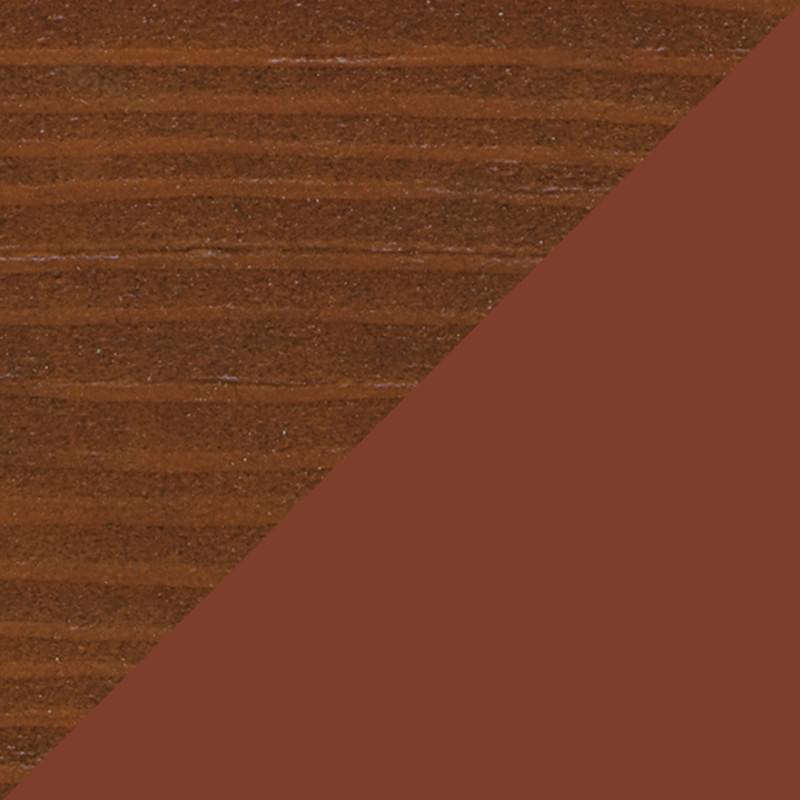
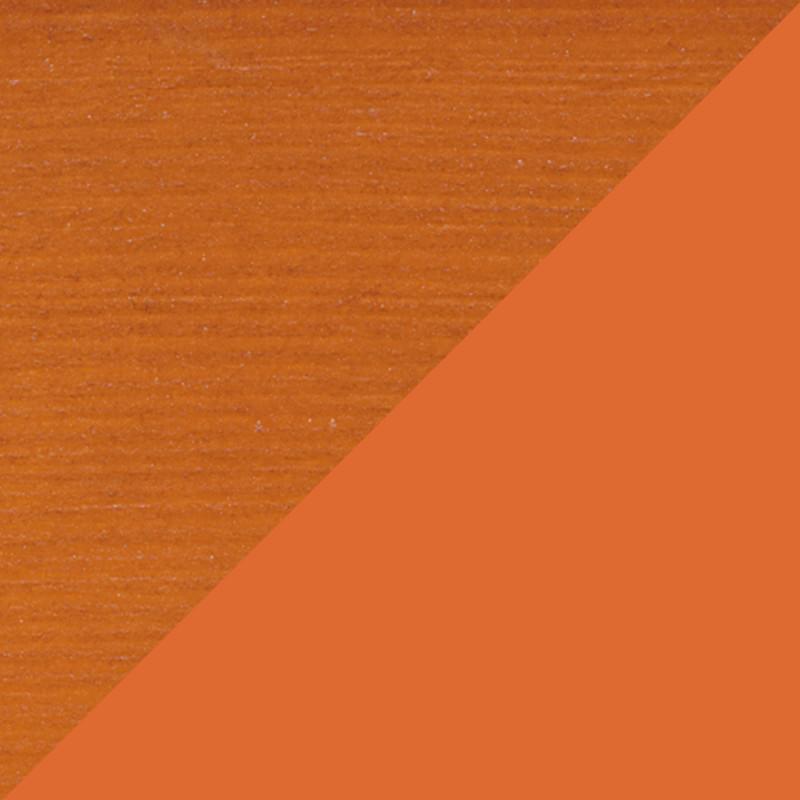
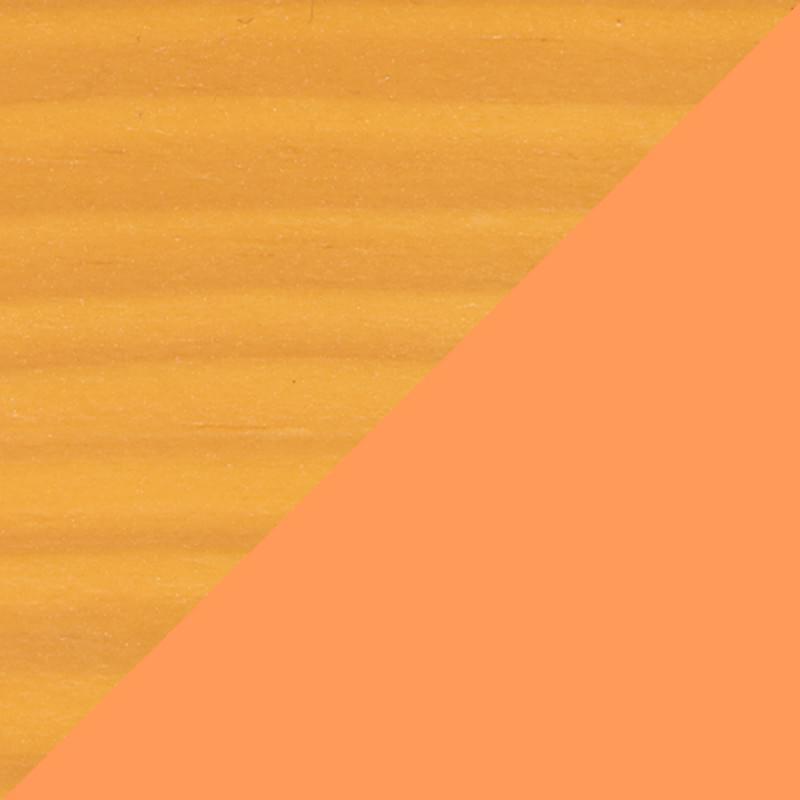
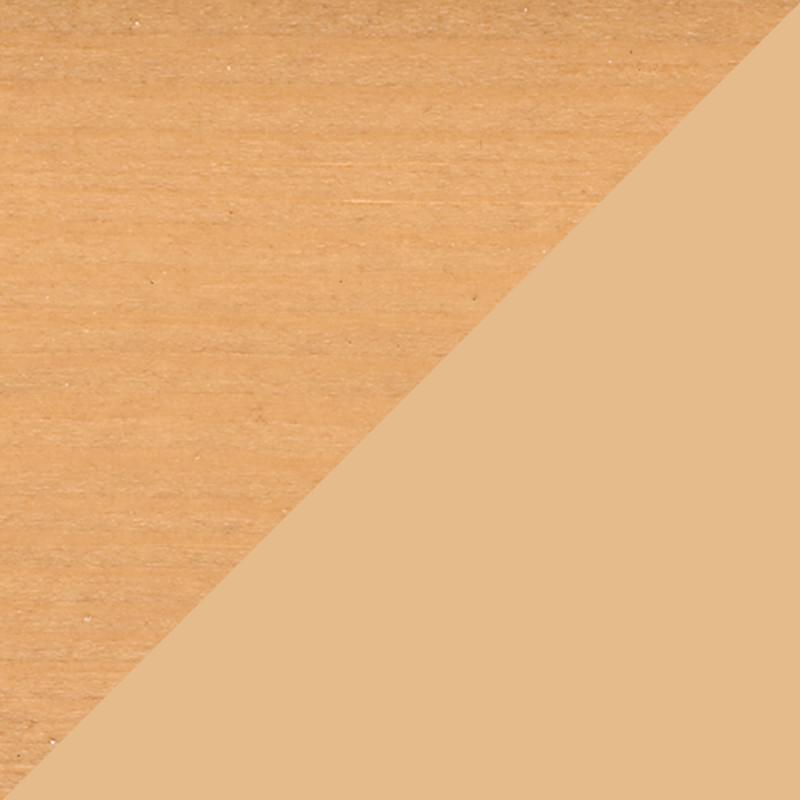

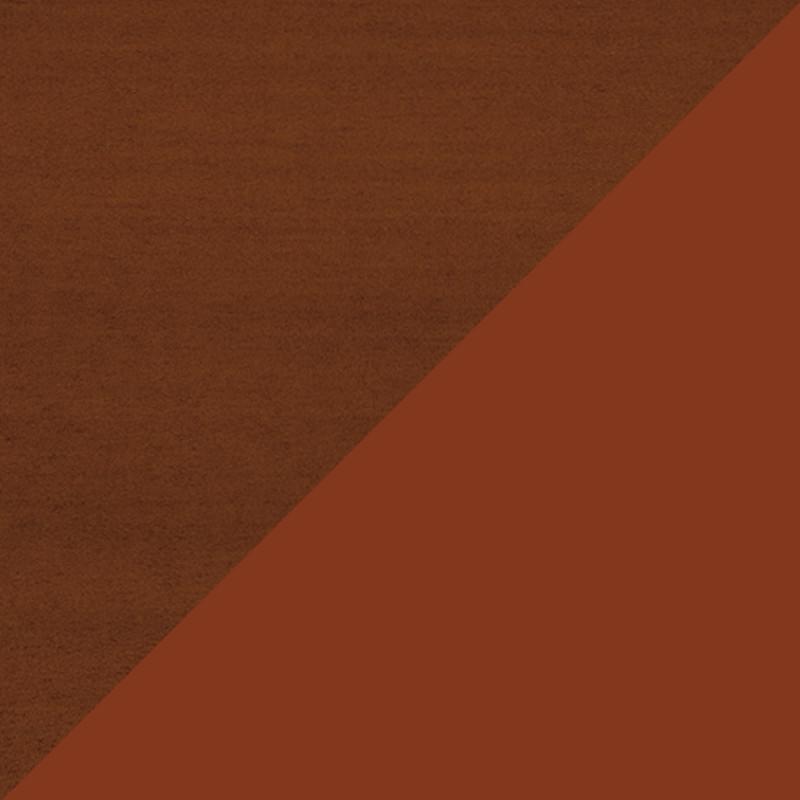
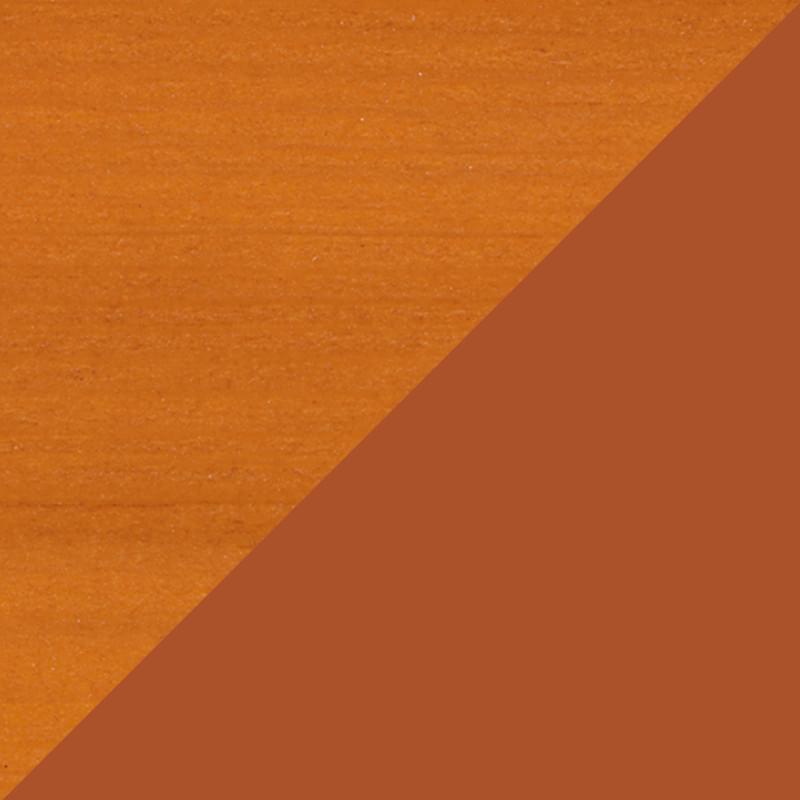
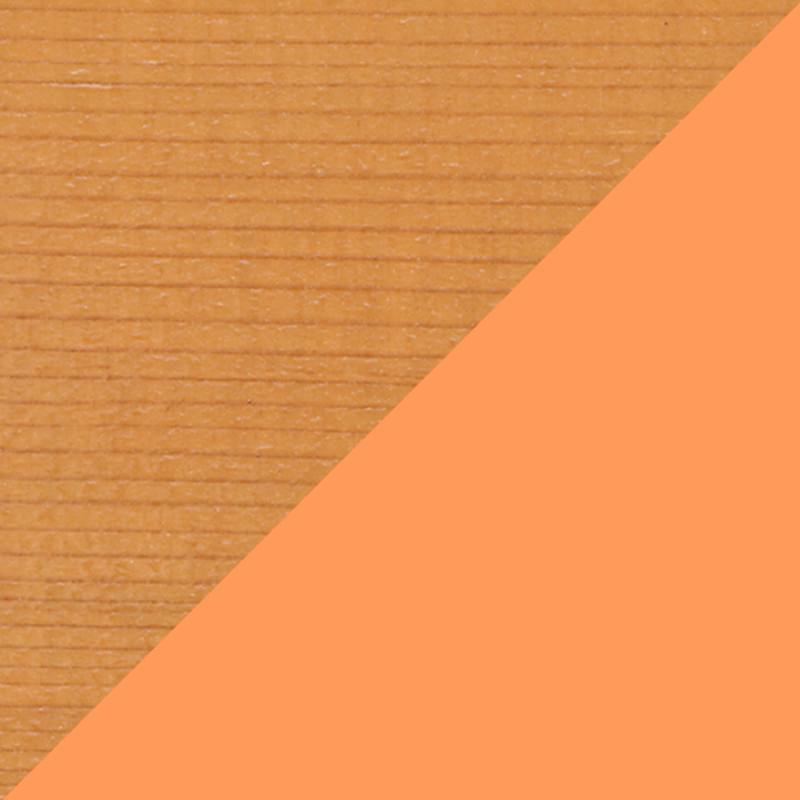
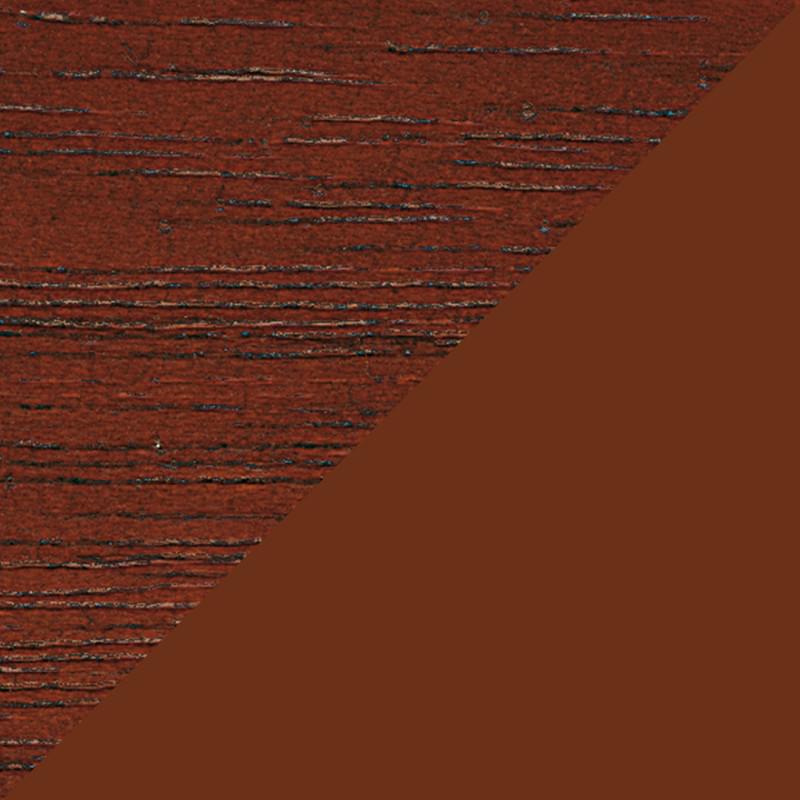
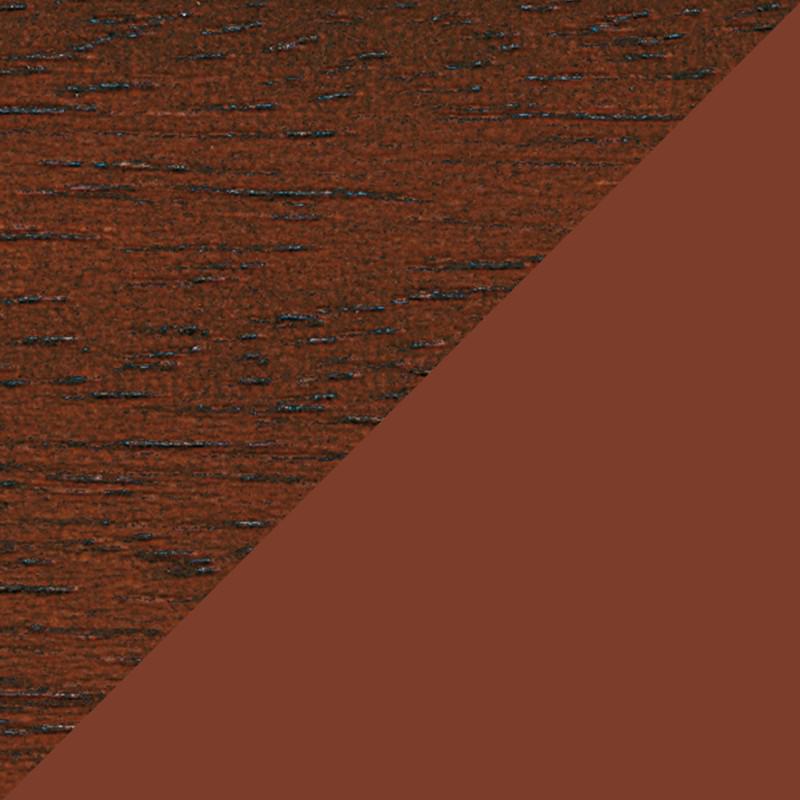
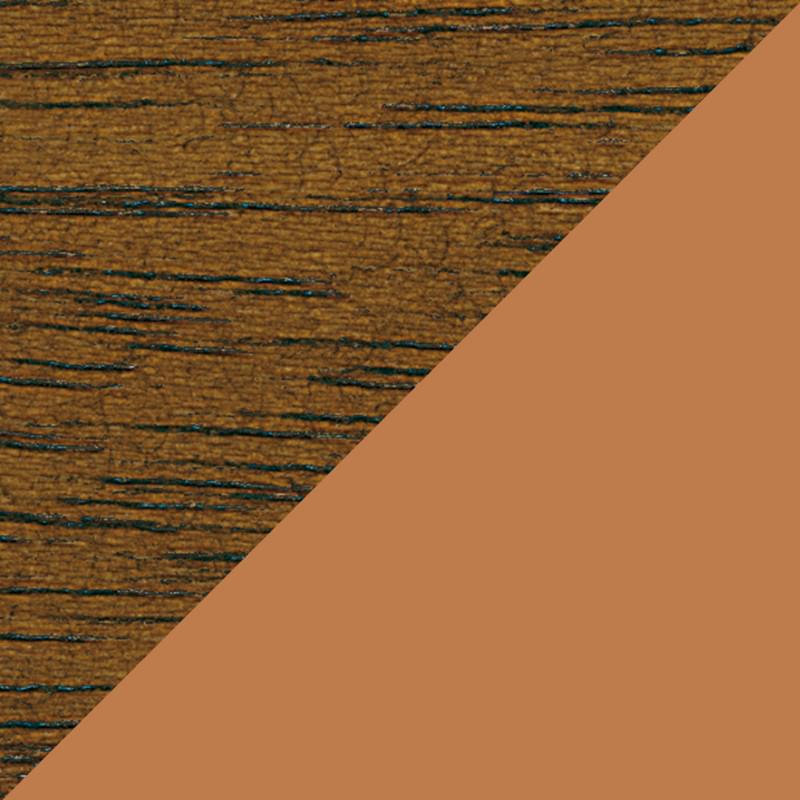
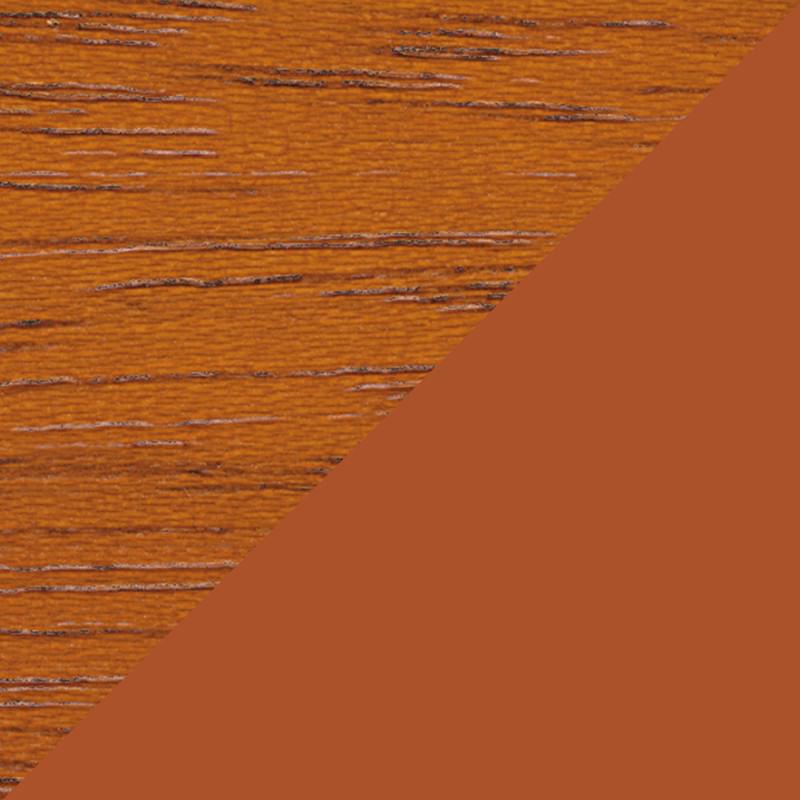
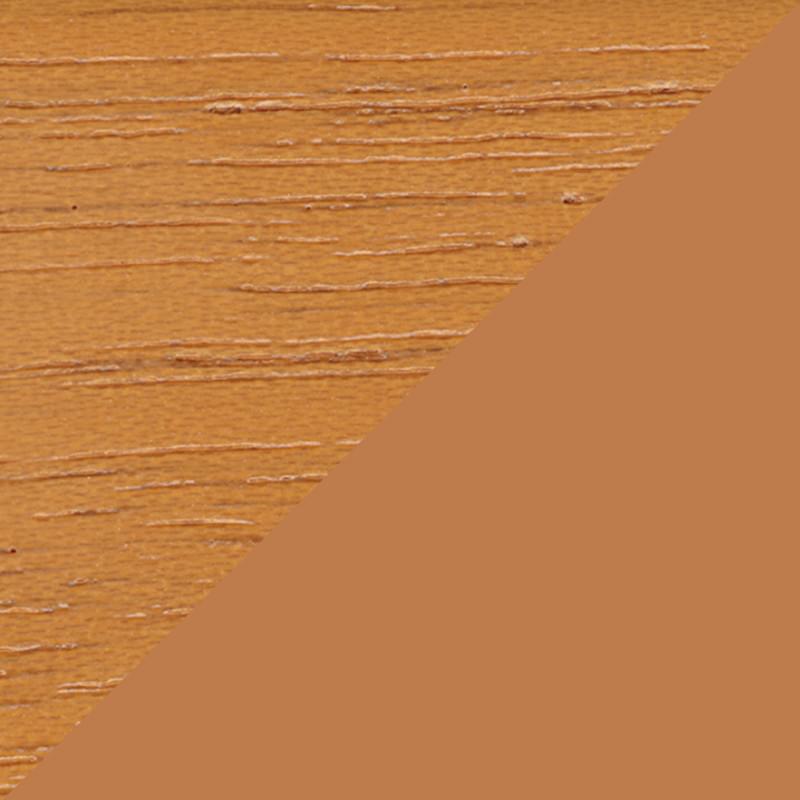
| Material | Advantages | Disadvantages |
|---|---|---|
| Wood glazing bars | Natural, warm look, good insulating characteristics | Need maintenance, slightly more expensive |
| UPVC glazing bars | Inexpensive, available in all RAL colours, very easy to care for | Don't go so well visually with wood windows; not so good insulating characteristics |
| Alu glazing bars | Very weather-resistant, very easy to care for | More expensive, not so good insulating characteristics |
The material properties of the glazing bars result in significant differences in price. Wooden lattice windows are usually a bit more expensive, because the material and processing also cost more. But they score points with their natural, warm look and appear traditional. However, glazes must be applied or they have to be repainted after some time so that the wood remains weatherproof.
uPVC lattice windows are available at lower prices and can be ordered in almost any colour from the RAL palette. They require little care or maintenance.
This is also the case with aluminium; it is very easy to care for, but much more weather-resistant than uPVC and therefore more expensive to buy. A disadvantage would be its relatively poor thermal insulation. As a result, aluminium glazing bars are less suitable for windows with continuous glazing bars or glass-dividing glazing bars.
With the Vienna model, the material has no effect on the insulating characteristics, and the choice of material depends on the condition of the window.
You have to pay higher prices for the many heat-insulating panes of a real lattice window than for one pane that is covered with Viennese decorative strips, for example.
If, instead of the thermal insulation glazing, window glass with other properties (ornamental glass, glass with UV protection or shatter-proof safety glass with break-in protection) is used, this also increases the price of the lattice window.
Typical glazing bar shapes are ornamental or trapezoidal glazing bars; the former are more classic, the latter more modern in appearance.